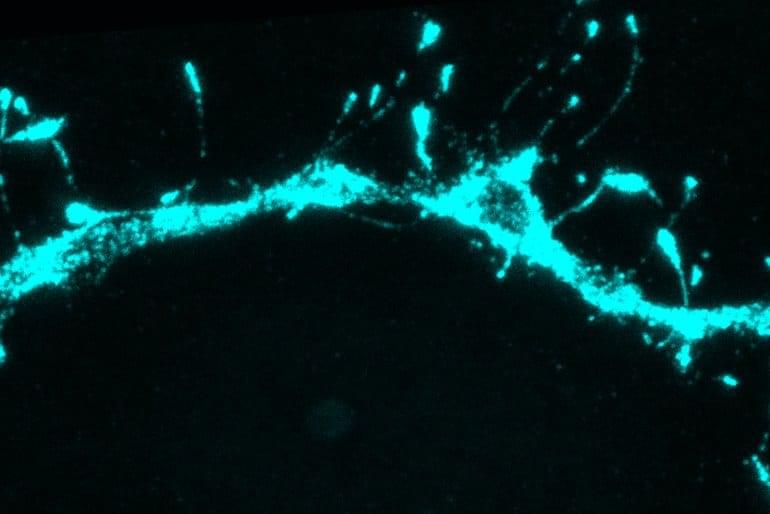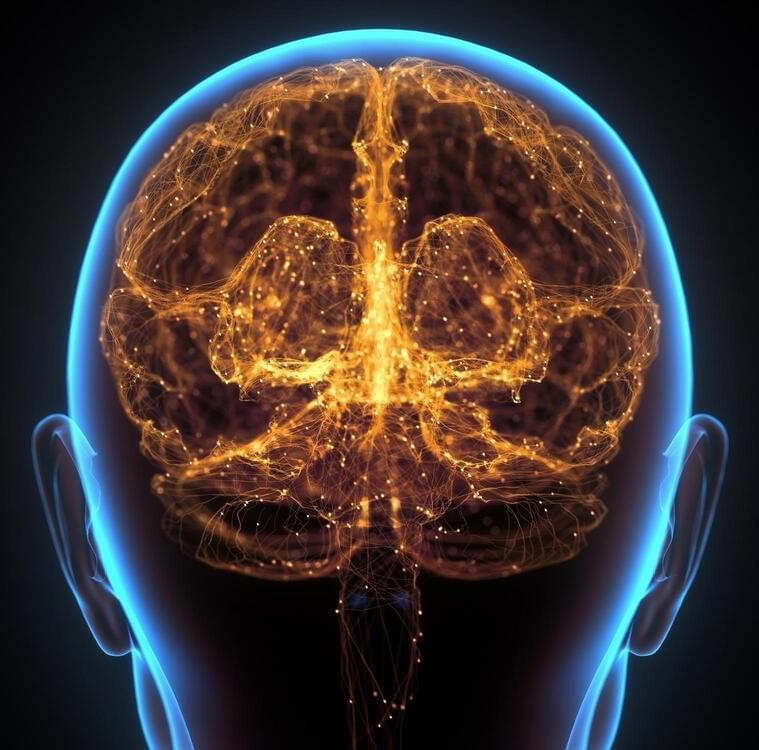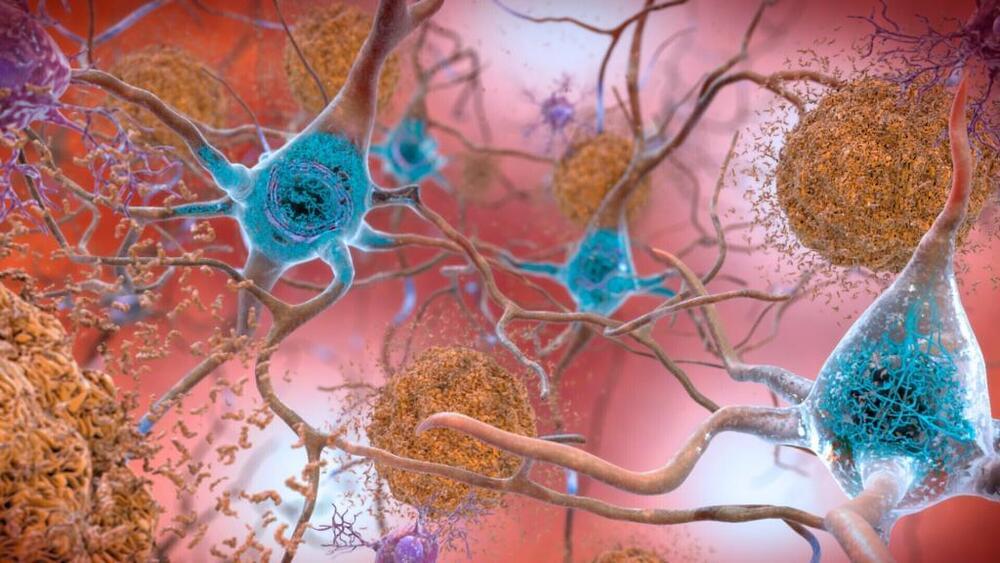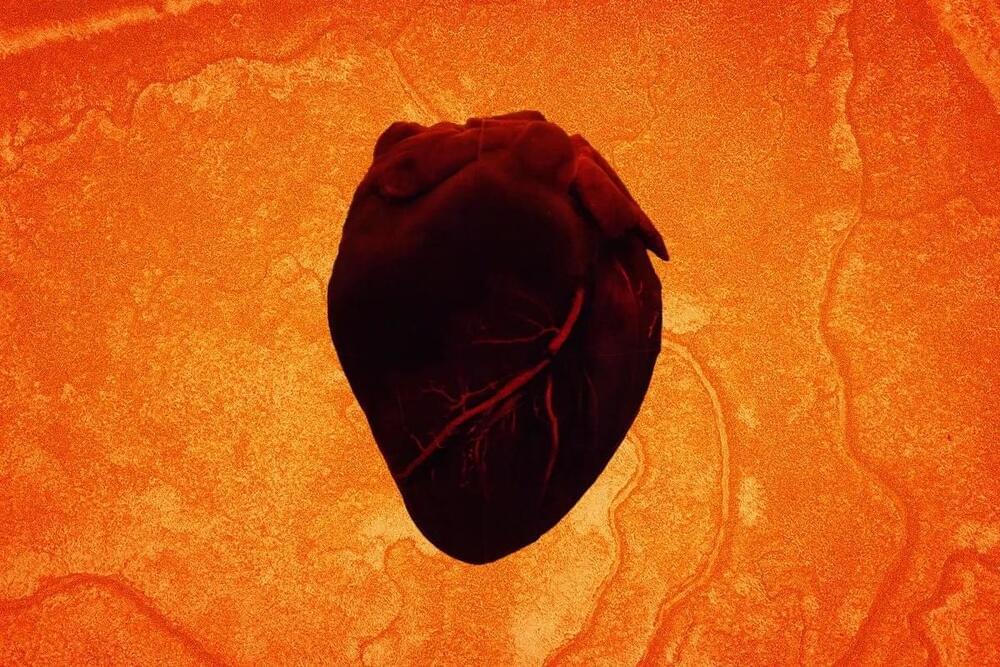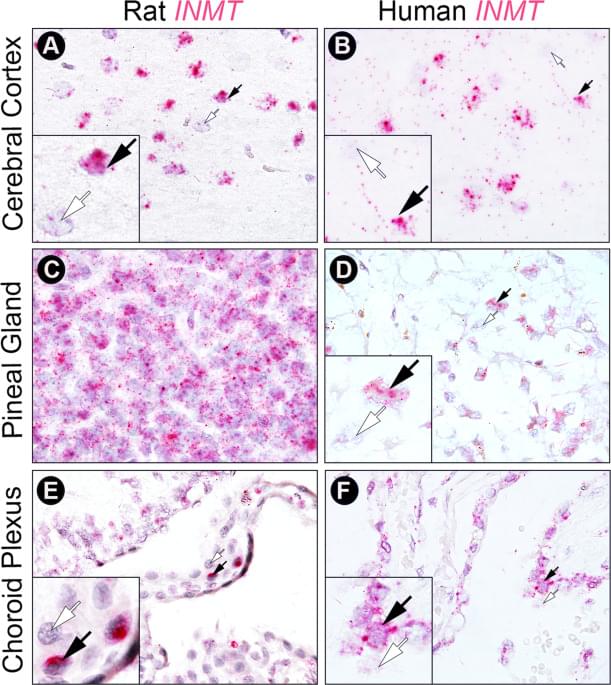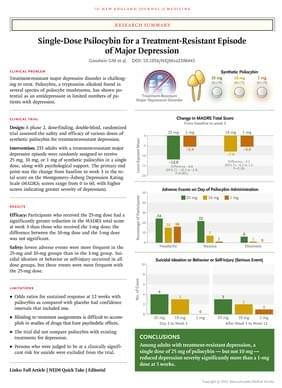Individuals suffering from severe depression may find relief from just a single dose of a synthetic version of psilocybin, or “magic mushrooms,” according to a new study published this week.
The findings, which were published Wednesday by The New England Journal of Medicine, come from a double-blind trial involving 233 “randomly assigned adults with treatment-resistant depression [who received] a single dose of a proprietary, synthetic formulation of psilocybin at a dose of 25 mg, 10 mg, or 1 mg (control), along with psychological support.”
“In this phase 2 trial involving participants with treatment-resistant depression, psilocybin at a single dose of 25 mg, but not 10 mg, reduced depression scores significantly more than a 1-mg dose over a period of 3 weeks but was associated with adverse effects,” the authors wrote in their conclusions, adding that “larger and longer trials, including comparison with existing treatments, are required to determine the efficacy and safety of psilocybin for this disorder.”
